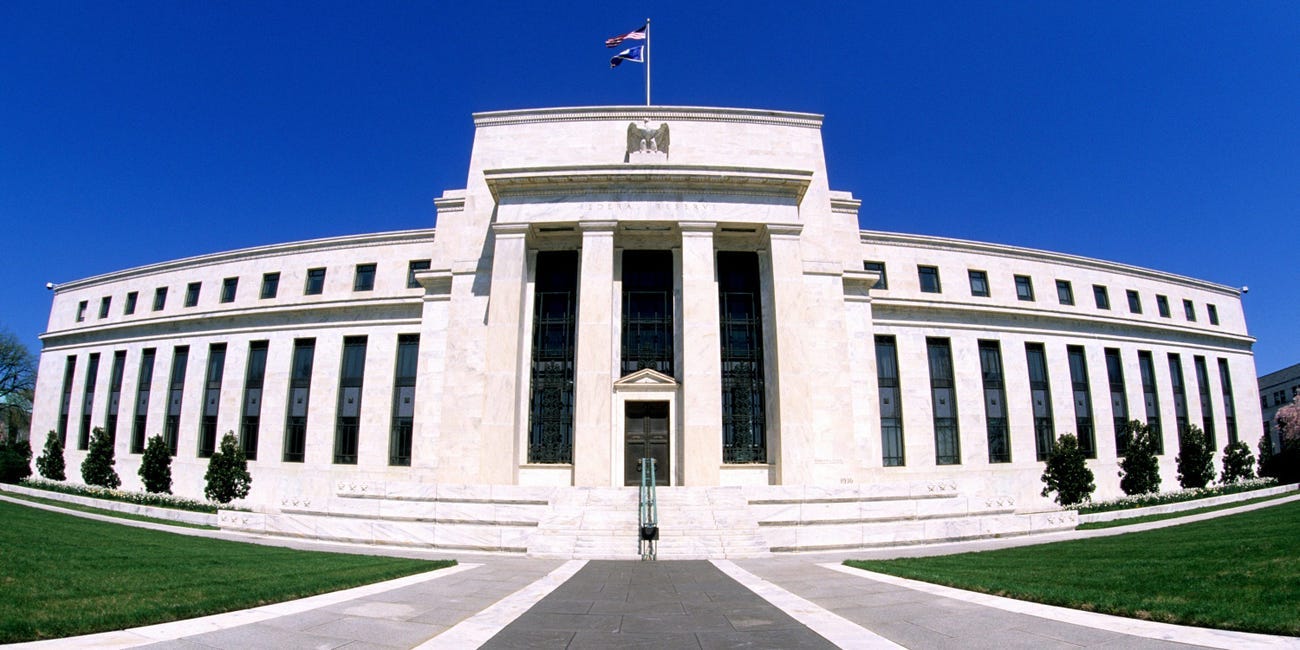I ended the previous report by saying that many things happening now have an eery resemblance to what happened in 2014. In fact, the parallel is so unmistakably similar that it is spooky.
So what happened in 2014? In Oct 2014, the Fed finally ended its financial crisis QE response. It also set the mood for a rise in interest rates. A clear tightening cycle was telegraphed to the markets with a minimum of three hikes for 2016. Smartypants Goldman Sachs went a notch higher and said there will be four hikes for the year. What happened to stock markets?
Markets went mostly sideways for most of the year. The Fed started its first hike in Dec 2015. The markets reacted violently and were down 13% in no time. By late January 2016, the Fed kept mum on any further hikes.
But there is a lot more to the story. Another very important thing happened in 2014. It was a Thanksgiving surprise from OPEC. They made a well-timed announcement that they would not defend the price of oil with a production cut. OPEC had ulterior motives. At the same time, this played a major role in the Fed’s ability to follow through in the coming years with its planned rate ‘normalization’ policy. Oil prices going down is deflationary.
What was expected to be a normal slide in oil prices turned out to be a crash with OPEC leading the way. Over the next year, oil fell from $100 to below $40 and finally bottomed out at $26 in 2016.
So, what does this all have to do with us today? Firstly, oil prices are a critical factor in the capital flows calculus. Secondly, the Fed tries to make us believe that oil is not part of their assessment of inflation due to its high volatility and it is not included in the CPI. But, the Fed has a very long history of acting or reacting when oil prices make a dramatic move whether it is higher or lower.
By Jan 2016, oil had fallen to the highs of $20 handle. Though it may imply that it was a great boon for consumers, it spawned many bankruptcies in the shale oil industry. That was exactly what OPEC wanted to achieve. They wanted to put the shale companies out of business to maintain their edge in the industry. Russia colluded with them too.
In the end, the Fed abandoned its interest rate ideas and was willing to listen to the market. Things may not happen exactly as what happened in 2014. In fact, it may be the opposite as we are expecting the oil prices to go higher from current levels. But whatever it is, don’t ignore the dynamics in oil. Another lesson to note is don’t go by what the Fed communicates but go by what they actually do in the markets. Don't do as they say, do as they do!
So, there we go. Thanks for reading Breezy Briefings. If you enjoyed this, I'd really appreciate it if you could take a second and tell a friend. Honestly. It makes such a big difference.
Forward this email. Recommend the newsletter. Share on Twitter, WhatsApp, Telegram, LinkedIn, Slack, wherever!
Join Breezy Briefings’ Official Telegram Channel: https://t.me/BreezyBriefings
Abraham George is a seasoned investment manager with more than 40 years of experience in trading & investment and multi-billion dollar portfolio management spanning diverse environments like banks (HSBC, ADCB), sovereign wealth fund (ADIA), a royal family office and a hedge fund. Currently, he is setting up a hedge fund where foreign citizens can invest in Indian growth stocks like Tanla operating in hyper-growth markets like CPaaS.



